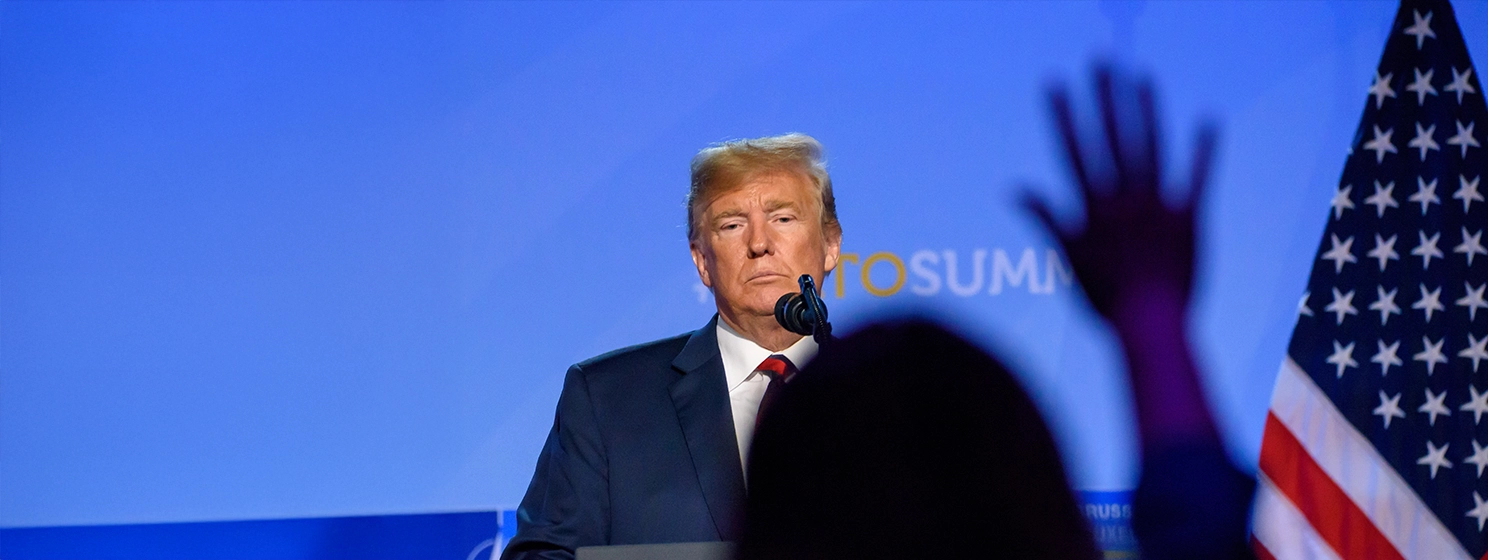|
Getting your Trinity Audio player ready...
|
This post originally appeared on ZeMing M. Gao’s website, and we republished with permission from the author. Read the full piece here.
Double entry accounting
Double entry accounting is one of the most important business innovations in human history, because it professionalized accounting, increased the credibility of the “books” of businesses to others outside of a certain business. This credibility is critical in increasing the trust in doing businesses, especially financial exchanges among businesses.
It was not only that an extra entry made accounting more rigorous, but also the participation of an extra party (accountant) made accounting an independent profession.
In single entry accounting, there’s one party (business owner) and one entry based on a simple serial journal style. Accounting is almost entirely consisted of straight journal entries in which debit and credit are not distinguished but mixed together, and therefore simple enough to not require special knowledge from a profession.
Double entry accounting introduced a second entry (separating debit and credit) and also a second party (the accountant). The separation of debits and credits not only creates a mechanism for internal crosschecking, but also creates a mechanism for interparty crosschecking, because doing business often involve counterparties who also use the same double entry accounting method to record their own ledgers.
The introduction of the second entry increased the complexity significantly, not only at a conceptual level but also in the actual practice of accounting management and operations.
The double entry not only increased the rigorousness but also enabled and further introduced many new financial methods. All this made accounting a profession that required specialty knowledge, which in turn increased the level of outsiders’ trust in a business.
Transparency and trust
Fundamentally, going from a single entry to double entry (and then triple entry, see below) is to increase the level of credibility/trustworthiness of business facing the world.
It is an equilibrium of multiple competing forces. The business owners do not want to share their accounting to people unless there is an incentive that outweighs the cost. They do it because they need to, in order to gain a sufficient level of credibility/trustworthiness in a society.
Double entry was transformational, not only because the system in itself was more trustworthy, but also because it helped to create a profession called accounting, so that a party outside of the family/business now manages/audits the books, and that party has its own independent credibility and accountability.
To make a respectable profession, the thing a person does has to be technical enough that not everyone can do without rigorous formal training, and those who can do it are incentivized to do it properly to maintain a publicly recognized qualifications for the profession. That is an advantage of double entry to single entry accounting. It is also why accountants in societies that still use single entry accounting are far less respected as a profession than their counterparts in double entry accounting.
However, the connection between the trustworthiness and professionalization is primarily a human effect. The connection is not an absolute requirement as a matter of the first principle.
What is really fundamental in double entry accounting versus single entry is an elemental force that drives private businesses to face the public, and that elemental force is transparency. The professionalism in accounting just happens to be a particular effective medium to manifest transparency, the underlying driving force.
The basic driving force continues to be operative and may introduce a different medium.
This eventually leads to the triple entry accounting.
Triple entry accounting
What if, in addition to the double entry accounting mechanism itself, certain key data in accounting is kept at a reliable third-party system which has a mechanism to ensure that the system and the data have all the following characteristics?
(1) immutable (can be amended with journaled tracing, but cannot be changed by direct editing or deletion);
(2) independently verifiable;
(3) quickly auditable;
(4) available as a Single Source of Truth (SSoT); and
(5) having many data components readily shareable by the parties globally.
The system gives us triple entry accounting.
…in classical accounting terms, the ledger is a fiction because it is a representation of what’s truly going on. So we can have any number of fictional representations aka ledgers to interpret what is going on. Hence the old Italian joke “I keep three sets of books – one for the taxman, one for the family and one for myself.
HOWEVER, in the new blockchain world of triple entry accounting, the blockchain is the ledger. That is, what was previously a fictional representation of what was going on, prepared by accountants, has now been merged with the reality of the transactions, such that the payment system exposes itself as a ledger based on hard factual transactions. -Ian Grigg, the pioneer of Triple–entry Accounting.
The triple entry accounting introduces a third entry (time-stamped immutable records), in addition to the first entry and the second entry, debit and credit.
It also introduces a third party creates blocks in a blockchain, into which the third entry is entered and maintained.
In other words, in addition to the accountant, another independent party is introduced. This independent party is not a single entity but a collective group or a system.
The new system enhances trustworthiness not because it has superior professionalism or professional ethics, but simply because it enhances transparency to a new level.
The blockchain-based triple entry accounting enhances transparency by virtue of the following characteristics:
(1) It is decentralized. It is not a specific individual or entity, but a distributed system consisted of multiple independent entities;
(2) The distributed system is set up in such a way that the interest of every entity in the independent party is sufficiently separate from the user’s interest in conducting transactions, and strongly incentivized to record, keep and share data efficiently and truthfully.
This independent third party is not a single entity. It includes any one who contributes to the transparent nature of the public blockchain on which the system is based.
Collectively the independent third party includes at least the mining nodes observing a blockchain consensus, but also all law-mandated gatekeepers, infrastructure developers, application developers, service providers, participating customers and public users and observers. It is the ecosystem of the blockchain which is public, locked (set in stone) and sustained.
The economic interests of the mining nodes, gatekeepers and developers are detached from the truth itself, and their activities transparent to each other and to the public. Therefore these parties have much less incentive to pervert the truth than to sustain the truth. They are closely attached to the public perception of the truth, and therefore have a strong incentive to maintain the integrity of the system.
Equally important, a proper design of a competitive economic system ensures that collusion is prohibitively difficult and expensive, and technology, efficiency and productivity constantly improved.
The representation of the truth (the ledger) is thus merged with the reality of the transactions.
Triple entry accounting, therefore, is no longer merely a fictional digital representation of the business reality, but a truthful parallel digital reality reflecting the physical reality of the world.
This is no imaginary metaverse, but the true digital version of the human story; not merely a subjective narrative, but an objective extension to bring human activities into a more accountable, more relatable, more interrelated, more discoverable, more traceable, more verifiable and more reliable dimension.
Not every blockchain is suitable for triple entry accounting
Once one understands the fundamental importance of transparency, and how true transparency can be maintained without corruption, it should be clear that not every blockchain can provide the kind of transparency needed for triple entry accounting.
On a broad term, any blockchain that uses Proof-of-Stake (PoS) consensus or another consensus that has different name but fundamentally relies upon PoS cannot provide the needed transparency.
What PoS does is essentially transforming the existing problem of having to trust millions of existing enterprises possessing real assets to a new problem of having to trust just a few parties that happen to possess more coins which they created by themselves in the first place. And the world is expected to believe that these few parties (coin holders) will create and be able to maintain a system that has better transparency as measured by the above listed five characteristics!
If one really understands how real business works, it should be obvious that this transformation makes the problem of transparency and trust worse not better.
But how could they be so myopic? The answer may be quite simple: they have fixed their eyes on the coins they have got which have enriched themselves. They are not thinking about things like triple entry accounting at all, much less a broader and more useful future like the New Internet.
Watch: The BSV Global Blockchain Convention panel, Re-Inventing Business with Blockchain

 12-18-2025
12-18-2025 




